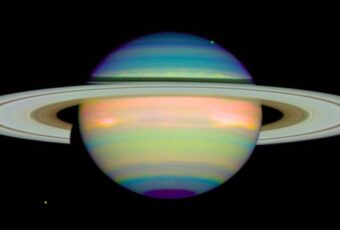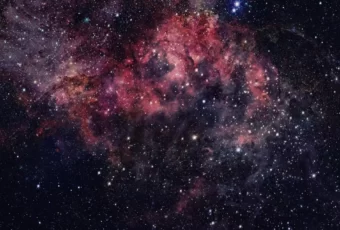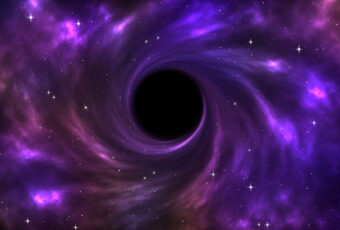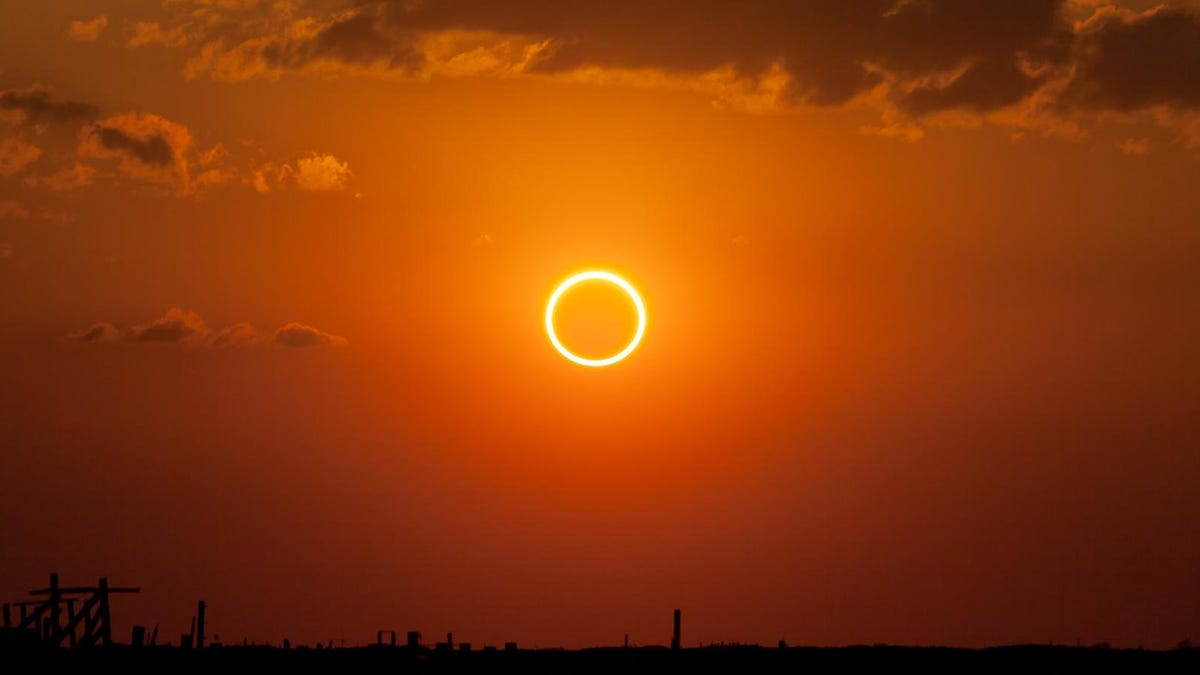
Ring Of Fire Eclipse
It all comes down to the Moon’s elliptical orbit around our planet. When it reaches its apogee, which means the farther point from Earth, it looks smaller in the sky. When a solar eclipse takes place, the Moon passes directly in front of the Sun, but it does not cover the Sun completely, as it does in a total solar eclipse. This creates the halo-like ring around the Moon, giving it its name “Ring of Fire.”
These types of eclipses are quite rare, especially while compared to partial and total solar eclipses. It is an exciting event for astronomers and casual viewers alike, and as often happens when we witness incredible celestial events, reminds us of how vast the universe truly is.
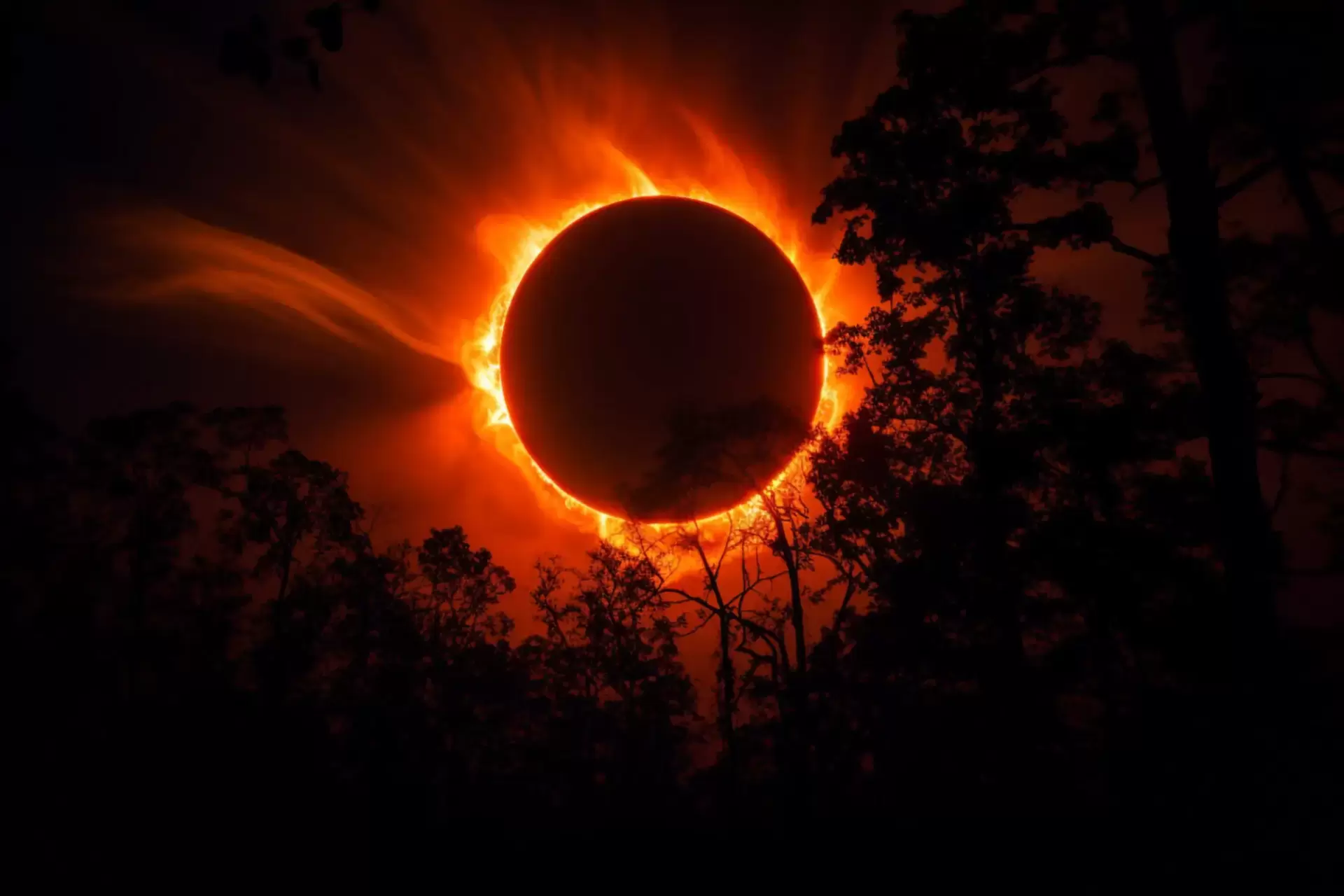
How Do They Happen?
It is important to note that in order to view a Ring of Fire in a safe way, it is critical to wear eyewear that will protect your vision. You’ll beed special solar viewing goggles, since staring right into the Sun can damage your eyes permanently. You’ll also need to plan a trip specifically to reach an area where you’ll be able to witness the Ring of Fire eclipse.
These celestial events give researchers an opportunity to learn more about the solar corona, which refers to the Sun’s outer atmosphere. Since the solar corona is usually blocked by the Sun’s bright disk, this gives astronomers a chance to learn more and improve our understanding of weather in outer space.
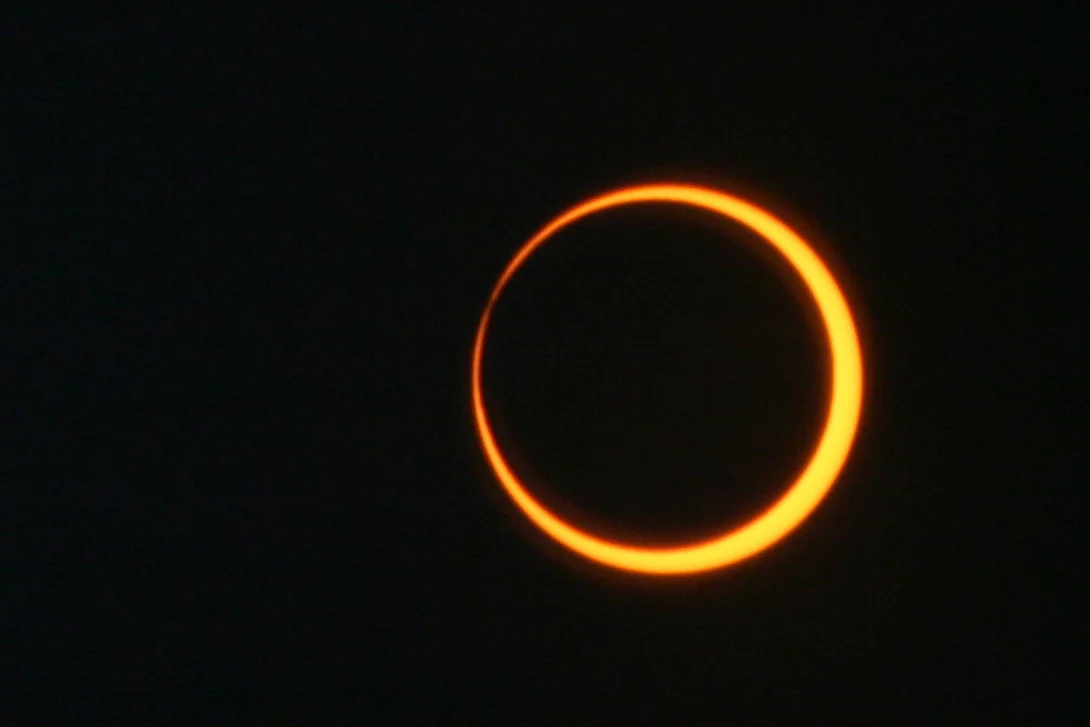
An Incredible Phenomenon




